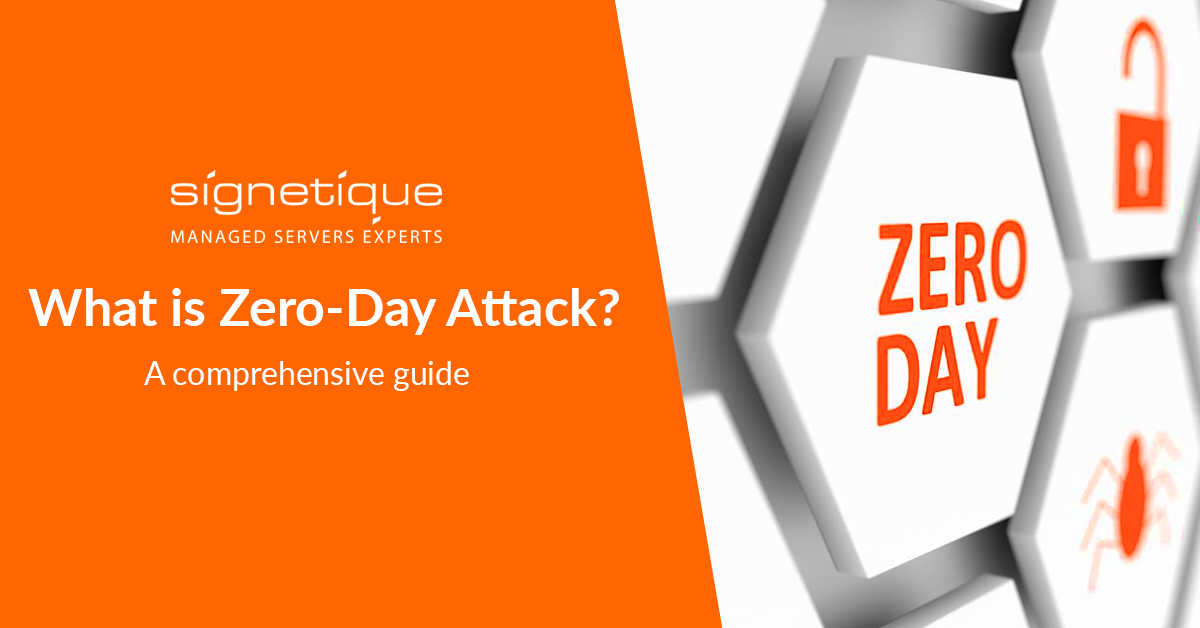
What is a zero-day attack?
One of the latest threats in the online world is the zero-day attacks. It can put the security of the program as well the sensitive data of the users at risk and these vulnerabilities can be used by the hackers to get control of the entire framework for the program.
The definitions for zero-day attacks have been many. Though they are common for the most parts, there certainly exist a few differences. Some agree on the definition of zero-day attacks to be the attacks made on the vulnerabilities of programs or software that are yet to be patched for a fix or made public. Others are known to agree on the fact that the zero-day attacks are known to take the benefits of the security vulnerabilities immediately on the day when they are made public, thus coining the term zero-day.
No matter what the users believe, Zero-day attacks can be generally defined with the description that these ate the attacks that focus on targeting the vulnerabilities that have been known to the public or are have been still left unpatched.
Who can detect the exploits?
Hackers may take their own sweet time to detect the vulnerabilities in the software or they can be detected by researchers or security organisations in the market. The vendors of the software can also detect the vulnerabilities. The users are included in the list as well. In case the detection is made by the hackers, there are no chances that the exploit will be made public. They will work hard to maintain it as a secret and the information will be circulating among the hacker ranks as long as possible. This will continue until the security company, users or the software developer discovers the vulnerability or the attacks that are being targeted on them. The attacks of these types are categorised as attacks of ‘less than zero-day’ type.
Some of the latest Zero-day Attacks in the market
There are numerous types of zero-day attacks that the user can fall prey to. Below mentioned are a few of the recent zero-day threats in the market.
1. Windows
Recently, the security engineer of Google has been successful in identifying a zero-day threat that has been in the arena since the past two decades. It was only in one of the recent releases of support for the Windows Operating System that the detection of the incorrect code was made.
2. Java
It was in last March that Oracle brought in a patch release on an emergency basis in order to fix some vulnerability issues that were critical to the platforms based on Java. It is stated that vulnerability served as one of the most effective targets for the hackers to prey on the users. The devices operating on both Mac and Windows are prone to the risks until the fix is brought.
3. Acrobat Reader
It was a surprise to the security experts of the team when they made a discovery of exploitation based on zero-day principles. The main aim of this was to sneak in the environment of the sandbox features for Adobe Reader 10 and 11 in last February. The experts have convincing reasons to believe that the exploitation of this vulnerability can be considered as the virtual tool for spying that has been developed by the government agencies. The sophistication level of the tool is pretty high.
These are the most widely known ones that have increased the risks of the users to fall prey to hackers. But these are not the only ones. A lot more zero-day threats are pertinent in the market for the countless other software, program, and applications widely running in the market. You can check the web for the list of software programs you use on your device.
Preventing Zero-day attacks
One of the worst parts about Zero-day attacks is that they are unpredictable. It is possible for the attackers to bring in an attack simply by exploiting the vulnerable programs and software that the user depends on for his daily activities. Below mentioned are a few ways to deal with Zero-day attacks.
-
- The best way to prevent the exploitation of the vulnerable software programs is by updating the applications and programs immediately after the release of the security patches. This ensures that the application uses the added security and prevents the attacks in a natural way.
- Using WAF (Web Application Firewall) on the website can help to bring effective safety against falling prey to the attacks. Implementing the firewall helps you to recognize the attacks that can be possibly made on your website to an increased level of accuracy.
- The Internet Security suite that comes with the smart antivirus you use is not worthless. Installing this feature can provide you with a lot of benefits, especially in terms of security protocol or the techniques of sandboxing, behavioral analysis of heuristic files and protection of default deny.
There are multiple options available on the web that can provide you with effective protection against zero-day attacks. You can research more on the web to gather more information and choose on the one that suits your requirements the best.



